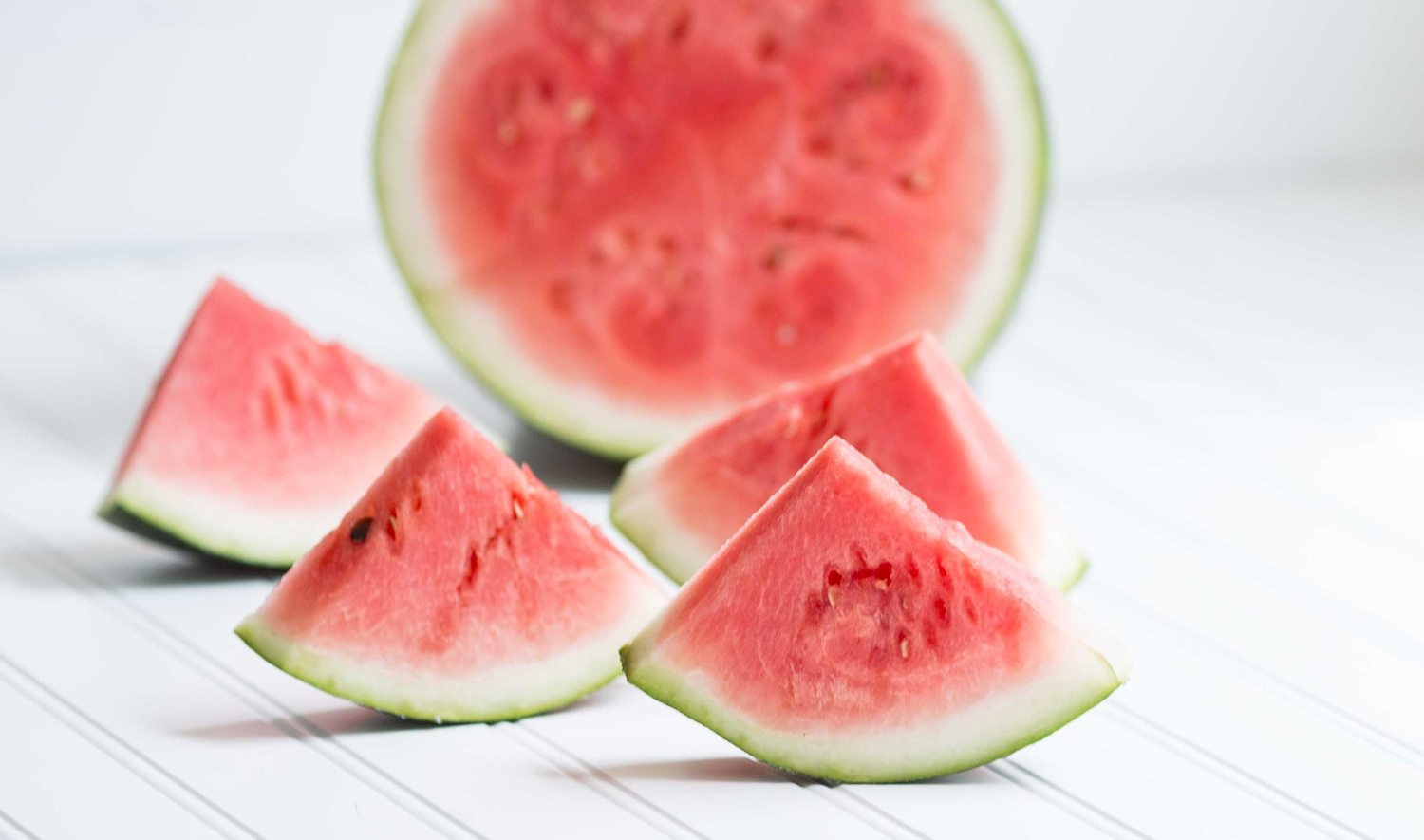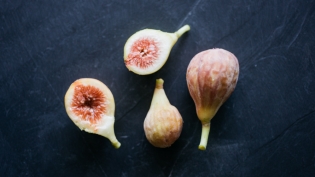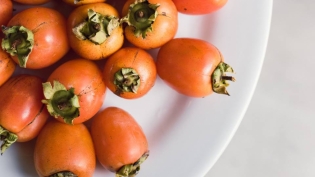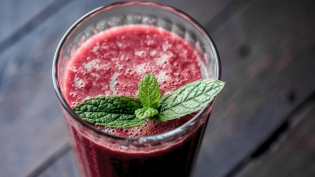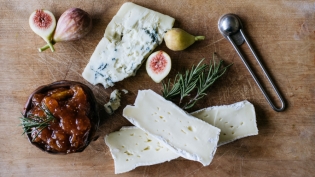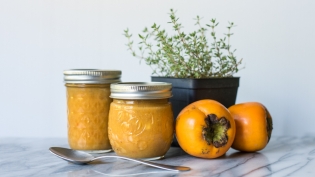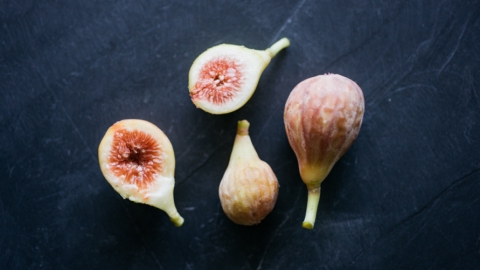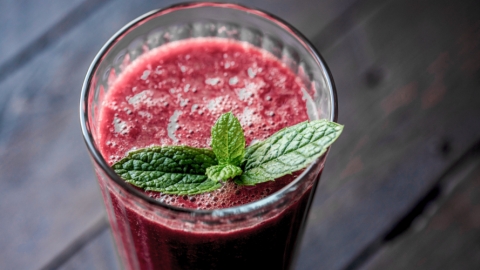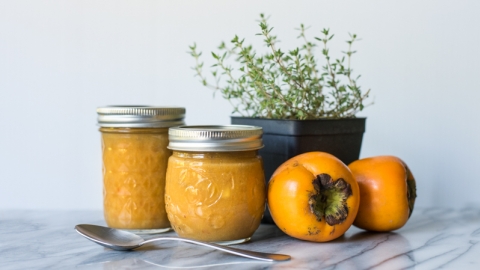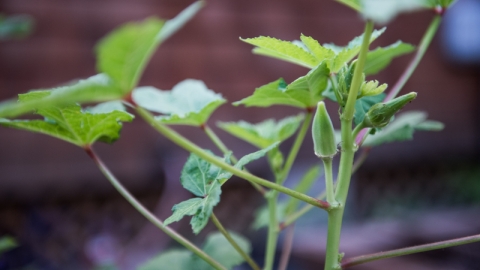The Wonders of Watermelon
As Mark Twain once said, “When one has tasted watermelon he knows what the angels eat.” In addition to flavor, your staple summer snack is packed with more nutrients than you might realize. A member of the Curcurbitaceae family, Citrullus lanatus is both a fruit and vegetable, related to cucumbers, squash and pumpkins. And guess what? Watermelons are berries. And so are cucumbers, cantaloupes, squash and pumpkins. Scientifically called pepos, these fruits fall into a specific category of berry—one with a tough rind, multiple flat seeds and pulpy flesh.
Research shows that watermelon is perhaps a better source of lycopene than tomatoes. Lycopene, a powerful antioxidant linked with reducing the risk of stroke and hardened arteries, bone health and protection against cancer, also gives fruits and vegetables like watermelon, tomatoes, guava and grapefruit their pink/red color. The deeper red the flesh of the watermelon is, the higher concentration of lycopene.
The red flesh isn’t the only part of the melon you could be eating, though. The seeds and rind are both edible as well as nutritious. No need for spitting wars with the seeds – a melon isn’t going to grow in your stomach – but you will have a boost in protein, magnesium, iron and zinc. In Asian cuisine, watermelon rind is often used in a stir-fry but you could pickle them as well.
Drinking the juice from 1/3 of a watermelon 30 minutes prior to exercise reduces muscle soreness the next day because of the levels of the amino acid L-citrulline. Watermelon also has high amounts of Vitamin A, B6 and C with a boost of potassium as well.
To pick the perfect watermelon like a pro, look for a pale/buttery yellow spot on the bottom – this is an indicator of where the melon has sat on the ground ripening. A good watermelon is also heavy for its size with a smooth rind that is dull on top. In Northeast Florida, watermelon can be planted between March and August, maturing after 100 days.


